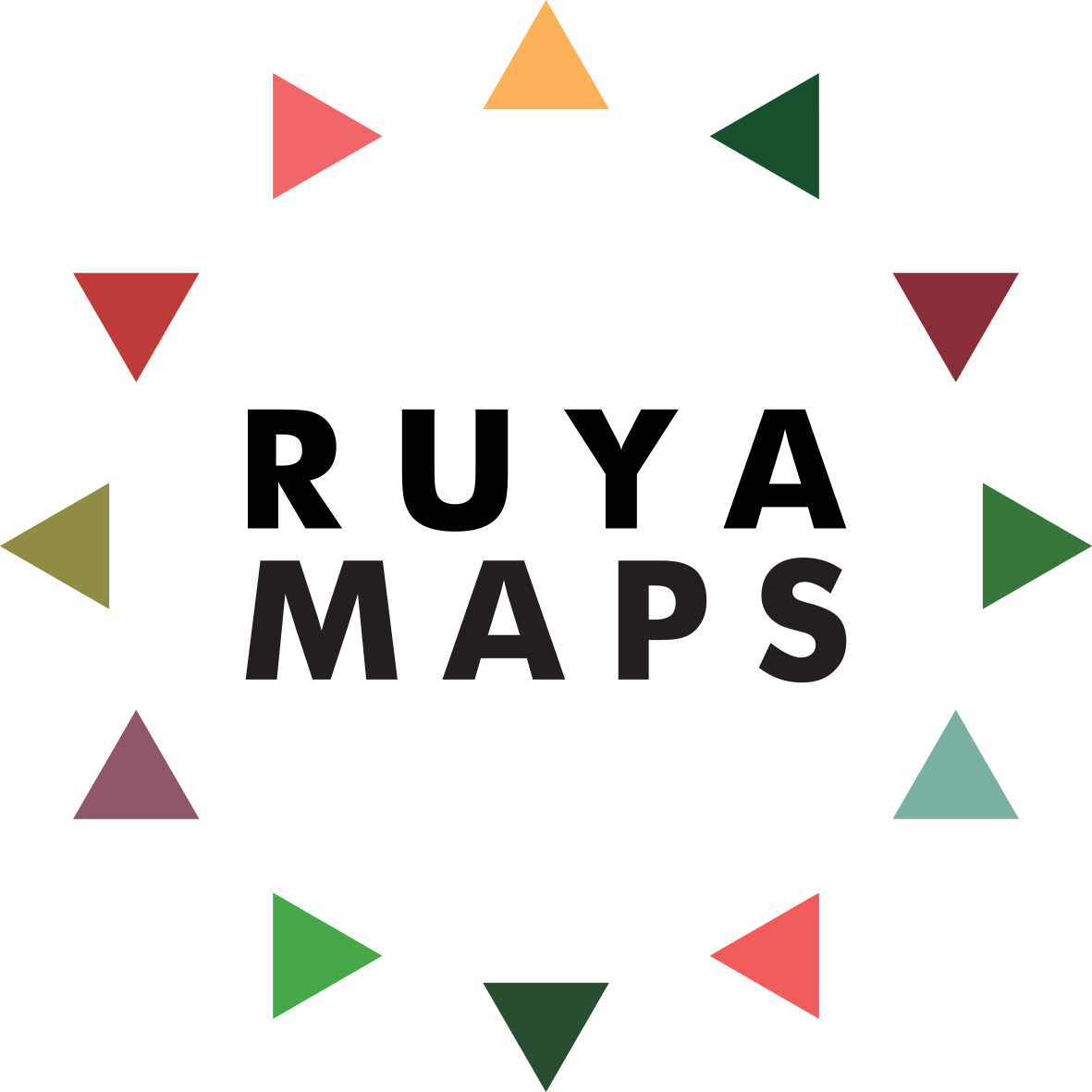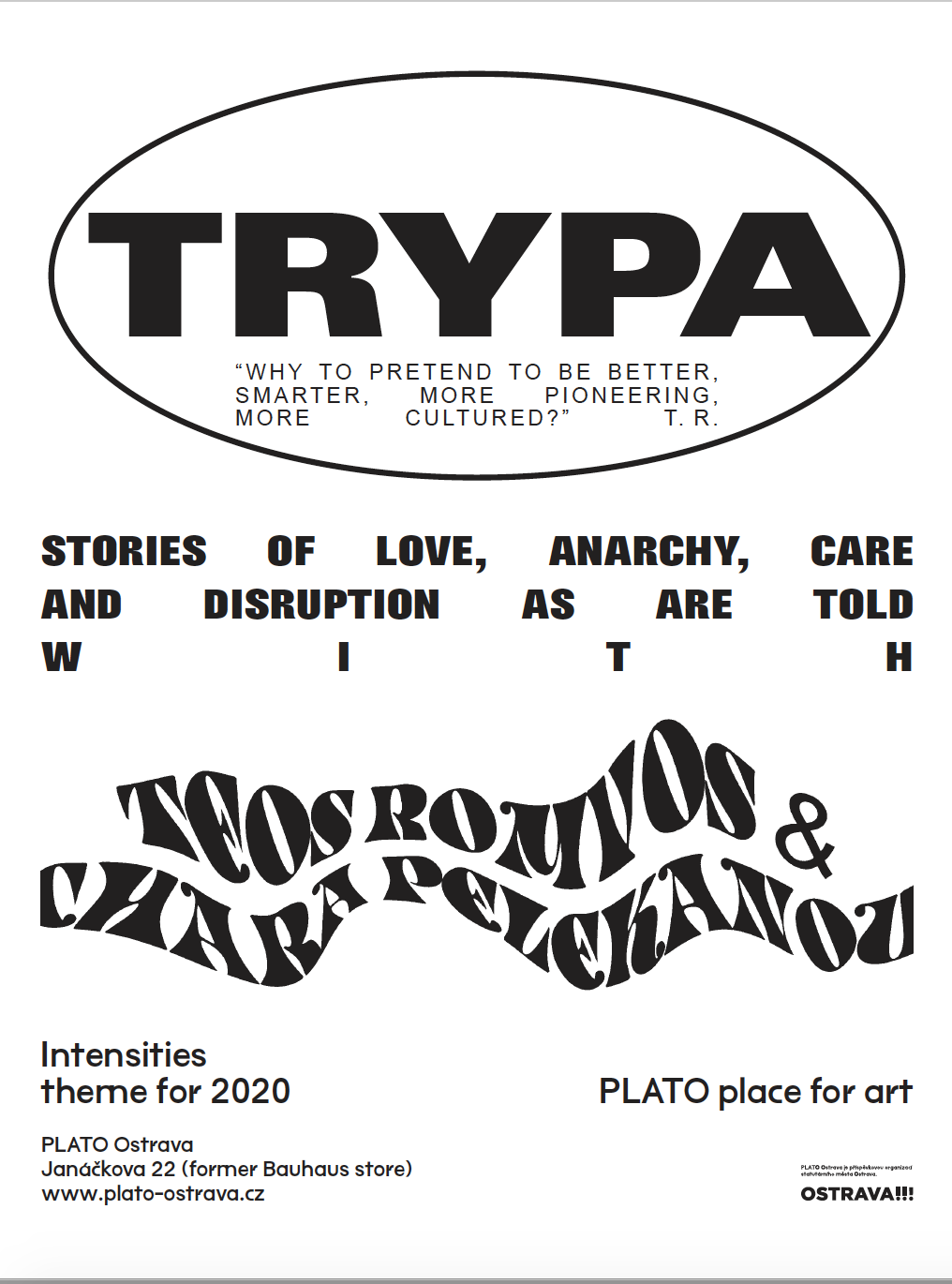''Vibrant and ailing at the same time:'' An Interview with Nadja Argyropoulou
Nadja Argyropoulou is one of Athens’ leading independent curators. She has worked in Greece and abroad, with a large number of cultural, academic and scientific institutions, museums and independent art entities - such as DESTE Foundation, Onassis Foundation, Stavros Niarchos Foundation, NEON, Outset, Palais de Tokyo, Family Business-New York, Chalet Society-Paris, Plato Ostrawa, the Athens Biennale, are-events/Prague et.al, as well as with various public or State agencies (the Greek ministries of Culture and Foreign Affairs, various municipalities and Ephorates). She has curated a large number of exhibitions and trans-disciplinary projects and written for books, solo and group exhibitions and art related publications. She is a founding member of the collective Saprofyta. Her research focuses on environmental justice, anarchy and various speculative modes of revolt and wildness including those of love and poetry.
Here she talks to RUYA MAPS about her recurring interest in funeral pottery, her take on the infamous documenta 14 and the possibilities that anarchism offers. Argyropoulou offers insight into how the city of Athens has been ‘‘storied’’ in different ways to suit different needs. Pointing out its lack of consistency to one image or another, Argyropoulou shows that the Athens art scene has developed in response to a city whose spirit is ‘‘vibrant and ailing at the same time.’’
Portrait. By T. Vrettos
RUYA MAPS: Your first degree was a BA in History and Archaeology at the National and Kapodistrian University of Athens. How does this understanding of archaeological practice come into your curatorial work?
NA: My thesis for my first degree was on white funerary lykithoi, a form of pottery that is historically situated, has abstract, elusive decoration and is of ambivalent use. It has a ghostly character that is situated next to and beyond ideologies and imperatives. Archaeology and history were the disciplines that taught me to know in depth and to elaborate on what I wanted to escape. To curate I have to be curious, to think, to be in the middle of things, to be attentive to the accident, to engage with what always keeps me straddled ‘in place’, within politeness and certainties, to ever shift towards what is really urgent - even if it is hidden or neglected, unwanted, deviant.
My postgraduate studies were a contradictory move: art theory and history with an emphasis on late Surrealism (Essex University, UK). My thesis was on André Breton’s least known work, “L’Art Magique” (1957), and the distance I had to cross from one thesis to the other was dizzyingly big, and yet surprisingly small. I am still in awe of this paradox. I have come to believe what Fred Moten, David Harney and Jak Halberstam say so well: “you are always already in the thing that you call for and that calls you. What’s more, the call is always a call to disorder, and this disorder or wildness shows up in many places.”
RM: You collaborated with the 1st Athens Biennial in 2007. Could you tell us about this project and what your involvement was?
“Hotel Paradies”, 2009, 2nd Athens Biennale “Heaven”, view of the work D.O.M. by Robert Kusmirowski
NA: The founding of the Athens Biennale was a daring, stirring, almost impossible experiment for the then Greek art reality. To engage with the hegemonic art language at the time, to twist it with uncanny idioms, to explore the defunct format of “the biennial” was the thing that excited me most about this move. I helped to realise this move in 2007 but I was curatorially involved in the second, “Heaven”, in 2009. I curated “Hotel Paradies”, a view of heaven that was both grounded and away, cantankerous, a bit messed-up, with some terrible mixes (Halepas and Svankmajer, Kenneth Anger and Pentzikis, The Necronauts and Paul Chan, etc) and a taste for black humor. That specific edition of the Athens Biennale is the least favored by its founders: one more reason that, I find that it best revealed the lure of institutionalisation which this (or any) initiative cannot avoid.
RM: What would you say to the trend for galleries to open branches or relocate to Athens?
NA: I think fondly on the futility of this move. Such an excessive gesture for a rather small (financial) gain. I am no expert in either galleries or trends though so I rest my case here.
RM: Some would say that the Greek arts scene flourished in response to the financial crisis, would you agree with this?
NA: Some would have to think in a more complex way. A disaster-porn flourished in relation to the financial crisis and I am more interested in the artists that engaged with it in unexpected ways, in Greece and beyond.
RM: documenta 14 was criticised as ‘’disaster tourism’’ at its worst, and at best as making the city a temporary centre of international art. What was your response to the edition?
NA: I found it overtly sensitive and covertly ambitious, ‘documenta-proper’. It triggered responses which was great, but it was quick to endorse them which was not great and mostly came through as patronizing. I was a devoted witness, enjoying many parts of it but finding its reality less disruptive than its promises. I think that despite its movement to Athens, it favoured theory over circumstance, friends over foes and for this reason never really presented a challenge out of the confines of art discourse.
L-R: Poster for the exhibition, “Trypa. Stories of love, anarchy,care and disruption as are told with Teos Romvos and Chara Pelekanou”, Plato-Ostrava, Czech Republic, 2020-2021; Poster for the project “mêtis. the wave in the mind and fugitive planning”, Tilos, 2019; “Is everybody in? The ceremony is about to begin” exhibition project for ACG-Deree, 2021, online poster by Iria Vrettou/Adrianos Efthymiadis
RM: In a talk you gave ‘On the Extinction of the Fireflies, the Hazard of Movement and the Wild Beyond (and by the way do you know the album “I am a piece of atmosphere”?)’ you focused your material on anarchist thought. How does anarchism interest you as an approach?
NA: The talk was delivered at the symposium “Visual Ecotopias: History, Theory, Criticism,” organised in 2018 by the University of Ioannina within the program of the First Biennale of the Western Balkans, in order to explore the link between ecological thought, environmental aesthetics and artistic practices. This is a subject with which I have been engaged since the 90’s, so I needed to update its theoretical context and political implications, as I had done with recent related curatorials (Paratoxic Paradoxes, Athens, 2017, Making Oddkin: for joy, for trouble, for volcano love, Nisyros 2018, even mêtis. the wave in the mind and fugitive planning, Tilos, 2019).
“I find expressions of anarchism extremely relevant to the demand for anti-hegemonic political alternatives and I understand anarchy as a counter-intuitive terrain of wildness. ”
If we are to understand the complexity of life with its various entanglements and risks, then we have to move towards another understanding of what constitutes “the environment”, the socio-economic parameters and class struggles underway (capitalism, extractivism, racism, sexism...). We have to invent new languages, consider nuances that we ignored (the commodification of revolutionary attempts), be alert and inquisitive, be contesting and demanding. Anarchism interests me very much in this respect. I have even made a (failed) proposal for the Greek Pavilion at the Venice Biennale with the subject of “Love and Anarchy” in collaboration with Simon Critchley, and have very recently curated a show about Teos Romvos & Chara Pelekanou, two of the most important figures of anarchism and the eco-activist movement.
I will agree with Judith Butler, who describes herself as a ‘provisional anarchist’, in that she does not understand anarchism as an identity, but rather as a movement, which does not always function in a ‘continuous’ fashion. I find expressions of anarchism extremely relevant to the demand for anti-hegemonic political alternatives and I understand anarchy as a counter-intuitive terrain of wildness. I study its past aand also its contemporary take abroad by thinkers like Michael Taussig, Andrej Grubačić, Marisol de la Cadena and more. As well as writers, artists, ‘women that make a fuss’ and activists of queer anarchism, thinkers that suggest anti-hierarchical visions, cruising utopias, speculative modes of revolt and wayward forms of fun and pleasure. I delve into relevant Greek archives. It all comes together as my ‘love letter to anarchy’ and we know how odd such letters can be.
RM: Donna Haraway seems to be an inspiration, and not just for your curatorial work on ecology. You used her term “oddkin,” in the Making Oddkin: for joy, for trouble, for volcano love exhibition in 2018, it refers to the creation of new collaborations, a kind of kinship that goes beyond genealogical and anthropocentric norms. Do you think Athens is a city particularly open to oddkins?
Image from the online collective, performative project “everybody’s contemporary”, a part of the exhibition, “DESTEFASHIONCOLLECTION: 1 to 8”, Athens, Benaki Museum, 2014
NA: Such a big question to answer... Athens is not one thing and is almost never consistent to one image or another. It has been ‘storied’ in so many ways. ‘Open’ and ‘smart’ are two of the most problematic. If I learned one thing from Haraway (and from some other fierce spirits), besides the importance of speculative fabulation and of ‘worlding with’, it is that “it matters what matters we use to think other matters with; it matters what stories we tell to tell other stories with; it matters what knots knot knots, what thoughts think thoughts, what descriptions describe descriptions, what ties tie ties. It matters what stories make worlds, what worlds make stories”. Athens is a knot. But so are other places. They should not be tied to representation. I have for some time been using the Athenian knot to consider its exo-urban mattering, to reach out into other matters and quasi-related knots.
RM: Which Greek artists are you currently excited about?
“Athens is a knot. But so are other places. I have for some time been using the Athenian knot to consider its exo-urban mattering”
Installation shot from the exhibition “Paratoxic Paradoxes”, 2017, PCAI & Benaki Museum, Athens, photo by Y.Yerolymbos.
NA: My excitement with artists I am afraid is never ‘current’. As my curatorials (maybe the least known ones) show I am excited ‘always for the first time’, that is I love repeating things, I am haunted by art – recurrence is a form of study for me, a thought-experiment, my way to get into the more precise (even if it may not be ‘right’). It is the ecstatic in the place of the exciting; to be ‘sent’ to other people, ideas, places, to a shared displacement, confabulation. In a sense those funerary lykithoi keep coming back as I revisit works that I may have never encountered before, as I look for the lively arts in para-mode (i.e. next to and beyond).
RM: What challenges do you think face artists today? And how could these be overcome?
NA: Same as it ever was, same as for everyone: compliance, to take one’s self more seriously than one’s art and everyone’s life, to avoid joy, to neglect the poor image, the glitch, the low resolution, the hazard, to stop searching for “where the wild things are”. I cannot say how to overcome. I can maybe instead borrow a line of poetry from an art work that I helped be realized by Wu Tsang and Fred Moten: “The hazard of movement, of moving and be moved, of knowing that we are affected, that we affective.”
RM: How would you describe the spirit of Athens?
NA: Inextricably linked to its matter. Vibrant and ailing at the same time.
All images courtesy of the curator.







